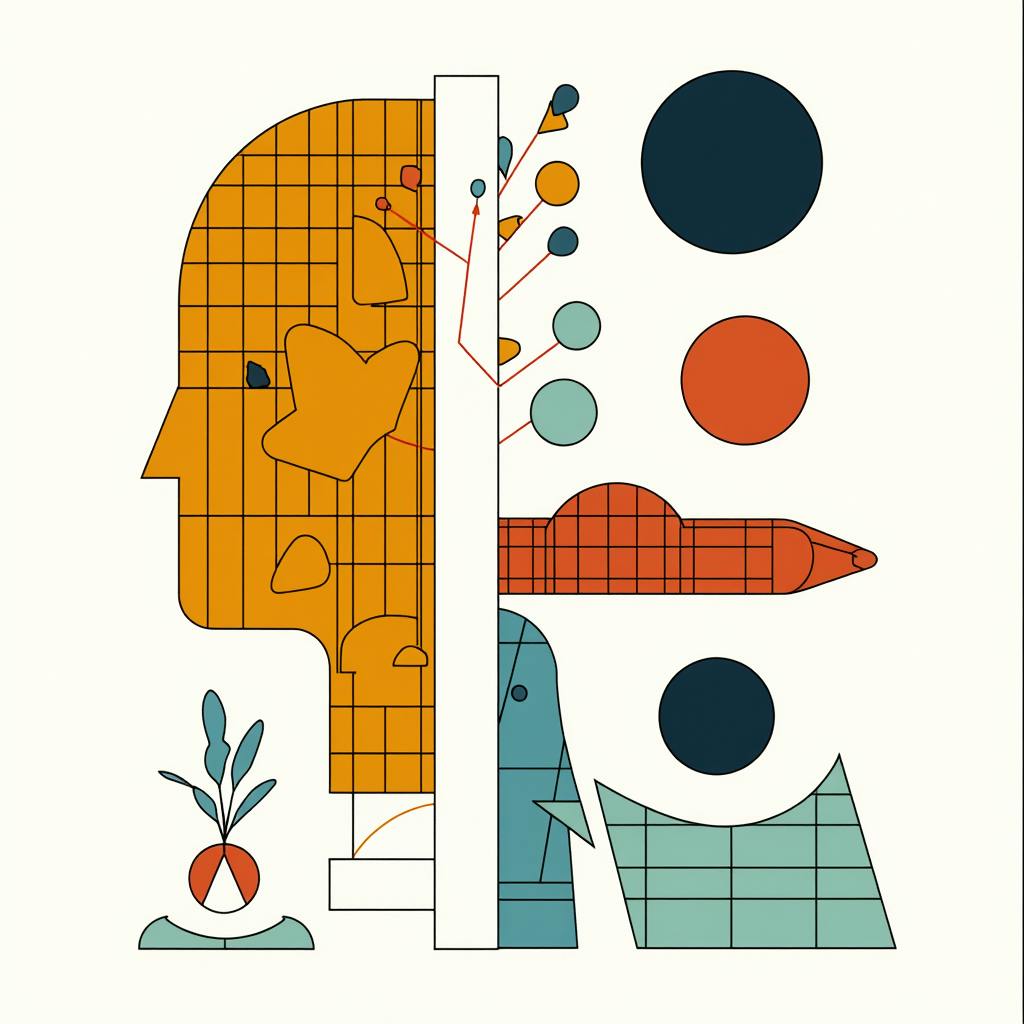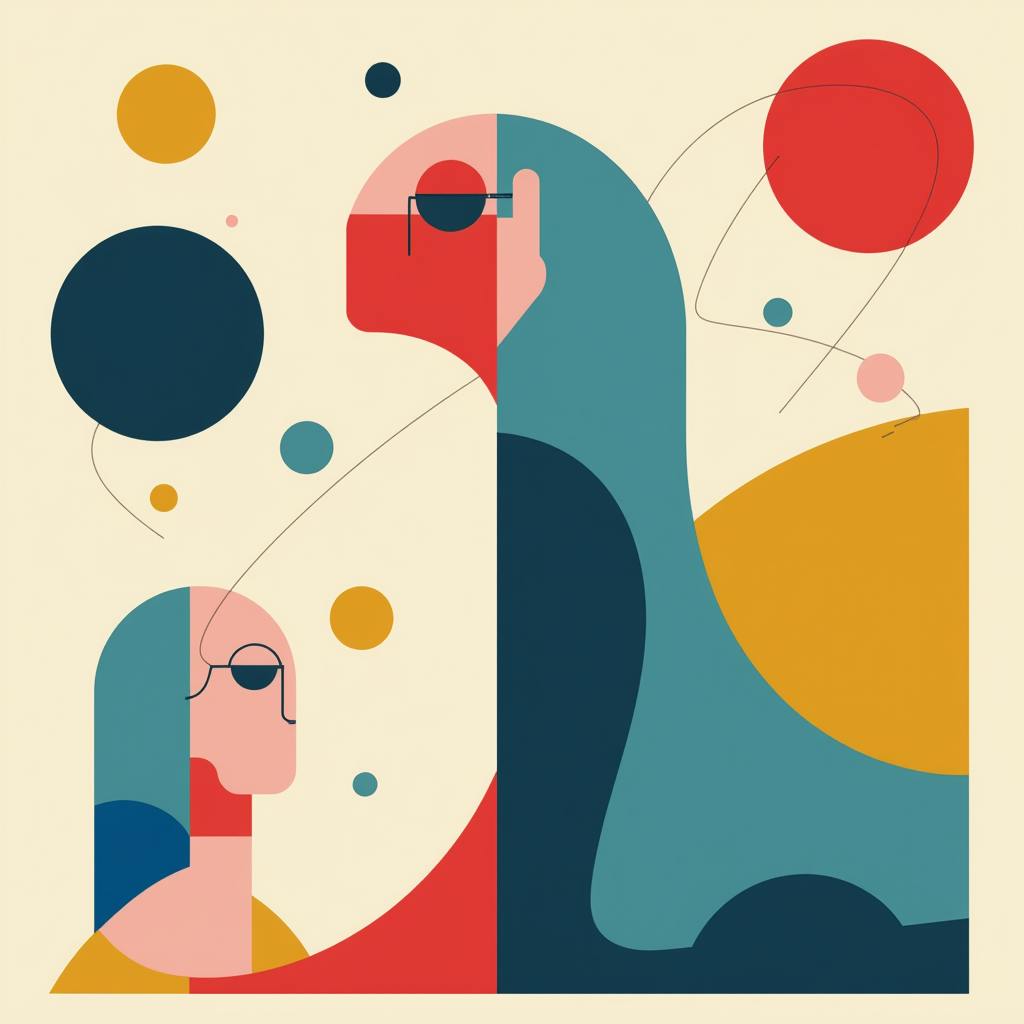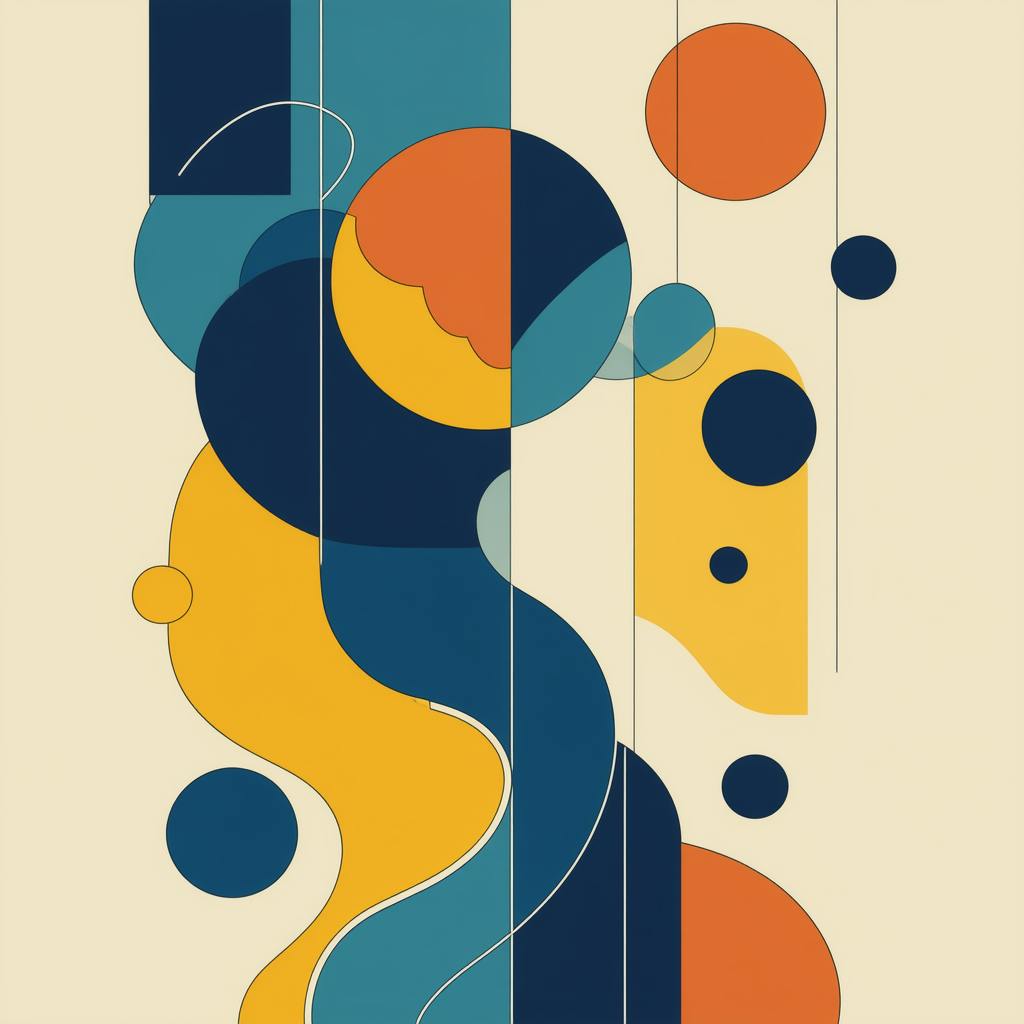Design is an omnipresent part of our visual world, shaping everything from advertisements to the user interfaces of our favorite apps. The elements of design space are critical building blocks in visual composition, used to create aesthetically pleasing and functional designs. Understanding these elements allows designers to imbue their work with clarity, meaning, and emotional resonance.
The Foundation of Design: Elements and Principles
Clarity is crucial in understanding the elements of design space. These core concepts encompass the formal aspects of visual composition, including line, shape, form, texture, color, and, perhaps most subtly yet vitally, space itself. Together with the principles of design—balance, contrast, emphasis, movement, pattern, rhythm, and unity—these elements guide designers in structuring their work.
1. Space
In design, space plays a dual role. It is both the area around and within elements, and a tool that defines the relationships between those elements. Effective use of space ensures a harmonious composition and guides the viewer's attention to key focal points. The manipulation of space can impact the viewer’s perception, making space one of the most powerful elements of design.
2. Line
Lines guide the eye across the composition and create shapes, providing a sense of movement. Lines can be horizontal, vertical, diagonal, or curved, each conveying different moods and sensations.
3. Shape
Shapes are enclosed areas created by lines and are fundamental in constructing images. They can be geometric, organic, or abstract, each bringing different elements of reality or fantasy into a design.
4. Form
While shapes are two-dimensional, forms are their three-dimensional counterparts. Mastery over form allows designers to imbue their work with depth and realism.
5. Texture
Texture refers to the surface quality of a design, whether tactile or visual. Textures draw viewers in, inviting them to imagine the tactile experience of a surface.
6. Color
Color is one of the most direct ways to shape the mood and emotion of a design. Understanding color theory helps designers create compositions that evoke desired responses.
7. Value
This refers to the lightness or darkness of a color or design element. It brings dimension and emphasis, helping to create contrast and focus within a composition.

AI made with Dean Jones
Applying the Principles and Elements of Design
To create compelling designs, professionals must strategically apply the principles and elements of design. Effective designs communicate complex information clearly and engage viewers. Here are some frequently asked questions to clarify the usage of these core concepts:
What is the importance of space in design?
Space, often referred to as white space, is crucial because it prevents a design from feeling cramped and overwhelming. It allows the design to breathe, emphasizing important elements and enhancing readability and aesthetics.
How do elements of design and principles of design differ?
The elements of design are the raw ingredients (line, shape, form, etc.), while the principles of design guide the composition and arrangement of these elements. Principles such as balance, contrast, and unity dictate how effectively the elements work together.
Can an understanding of these elements influence digital media design?
Absolutely. Whether designing a website or a digital advertisement, the elements of design space help create user-friendly, engaging, and visually appealing compositions. In digital media, where viewer attention is fleeting, leveraging these elements effectively is essential.
FAQ: Understanding the Elements of Design Space in Visual Composition
In the realm of visual arts and communication, the concept of design space is fundamental for creating compelling and effective compositions. This article addresses some frequently asked questions about the key elements of design space and offers insights on how to leverage them.
How does understanding the elements of design space enhance visual composition?
Understanding the elements of design space enhances visual composition by:
- Creating Balance: By using elements like shape and color strategically, designers can create balance, making compositions aesthetically pleasing.
- Highlighting Importance: Elements like color and value can be used to draw attention to key areas of the design, guiding the viewer’s focus.
- Conveying Messages: Elements such as line and space can be utilized to convey specific messages or evoke emotions. For instance, curved lines may suggest fluidity, while jagged lines may convey tension.
- Enhancing Engagement: The thoughtful use of texture and form can engage viewers, encouraging them to explore the composition in depth.
Can you give examples of how elements of design space are used in visual composition?
Certainly! Here are some examples:
- Advertising: In an advertisement, bright colors and high contrast may be used to grab attention, while the strategic use of negative space can highlight a product or call to action.
- Digital Interfaces: In UI/UX design, space is crucial. For example, ample white space can make content more digestible and easier to navigate.
- Fine Art: In painting, artists may use color and value to create a focal point, or use form to give a sense of depth, making two-dimensional works feel three-dimensional.
- Architecture: Texture and form are critical in architecture, where different materials and shapes define spaces and affect how they are perceived and used.

AI made with Dean Jones
What are some techniques to effectively utilize elements of design space in visual composition?
Here are some techniques to effectively utilize the elements of design space:
- Rule of Thirds: This is a compositional rule which divides an image into thirds, both horizontally and vertically, and places important elements along these lines or at their intersections.
- Visual Hierarchy: Organizing elements to guide the viewer’s eye in a specific path, using size, color, and value to emphasize important information.
- Contrast: Using stark differences in color, shape, or texture can help create focus and organize information effectively.
- Negative Space Usage: Clever use of negative space can lead to innovative designs, helping to make compositions uncluttered and focused.
- Repetition and Rhythm: Repeating elements can create rhythm and consistency, making composition more cohesive and pleasing to the eye.
- Alignment and Proximity: These techniques help in organizing visual elements, ensuring they are visually connected and logically structured.
By mastering these elements and techniques, designers can create harmonious, dynamic, and impactful visual compositions. Whether in advertising, digital media, or fine art, understanding and applying these elements can significantly enhance the effectiveness of any visual work.
Conclusion
Recognizing and mastering the elements of design space is foundational for any designer seeking to create impactful visual compositions. By understanding these elements and their interplay with the principles of design, designers craft works that are not only aesthetically pleasing but communicative and functional. As you continue to explore the fascinating world of design, keep these elements at the forefront of your creative process to transform ideas into compelling visual stories.

